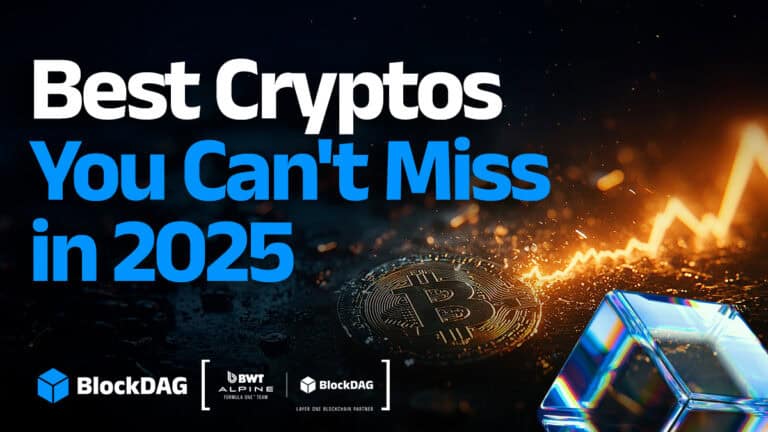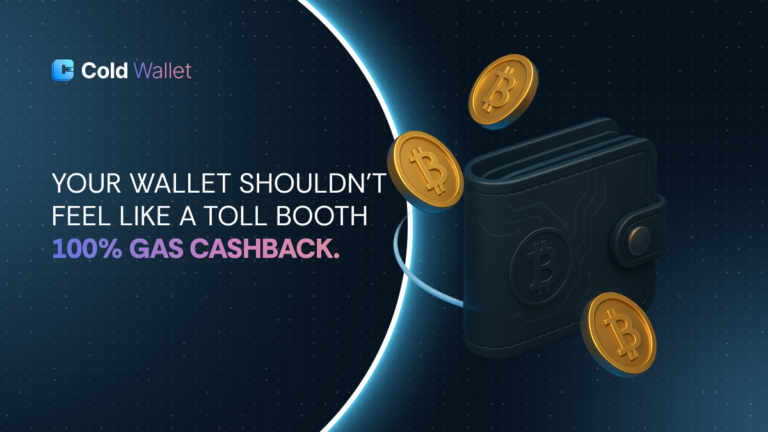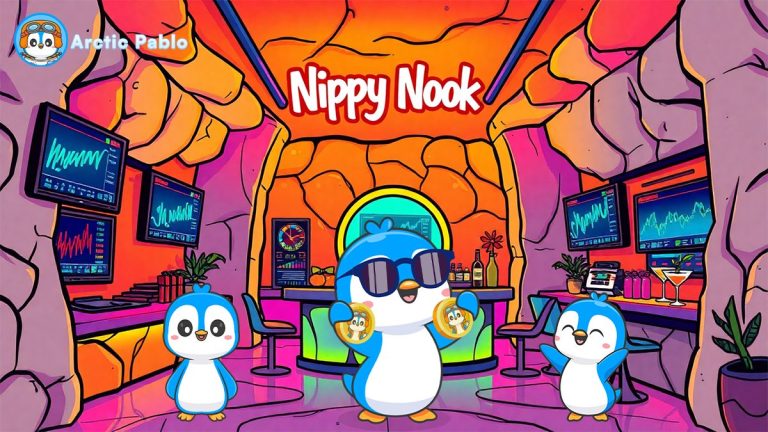Loopscale Faces $5.8 Million DeFi Exploit, Pauses Markets
- Loopscale pauses markets after significant $5.8 million exploit.
- Immediate impact includes lending market pause and asset top-ups restricted.
- Community reassured by leadership’s transparency and swift action.

Loopscale, a Solana-based DeFi protocol, faced a $5.8 million exploit, pausing its lending markets to address the breach.
This incident highlights vulnerabilities in DeFi platforms and has raised concerns in the crypto community regarding platform security.
$5.8 Million Vanishes from Loopscale’s USDC and SOL Vaults
Loopscale experienced a $5.8 million loss, primarily affecting its USDC and SOL vaults. The leadership, under co-founder Mary Gooneratne, acted swiftly to mitigate the issue.
“Our team is fully mobilized to investigate, recover funds, and ensure users are protected.” – Source 1
The protocol was previously known as Bridgesplit, supported by major investors like Solana Labs and Coinbase Ventures. It recently transitioned to focus on a modular lending protocol.
12% Drop in Total Value Locked Amid Security Alarm
The exploit resulted in a 12% decrease in total value locked, highlighting security concerns in DeFi. Lending operations were paused immediately to contain the breach’s impact.
The broader DeFi ecosystem is now scrutinizing security practices, with ongoing audits by groups like OShield and Sec3 aiming to prevent future vulnerabilities.
Recalling Notable DeFi Exploits: Historical Context
This event joins a list of notable DeFi exploits, such as the Ronin Bridge hack. Such incidents stress the importance of robust security protocols in the sector. Based on historical trends, enhanced audits and community engagement are likely to follow. Mary Gooneratne emphasized ongoing efforts to recover funds and maintain user trust.
| Disclaimer: The information on this website is for informational purposes only and does not constitute financial or investment advice. Cryptocurrency markets are volatile, and investing involves risk. Always do your own research and consult a financial advisor. |





